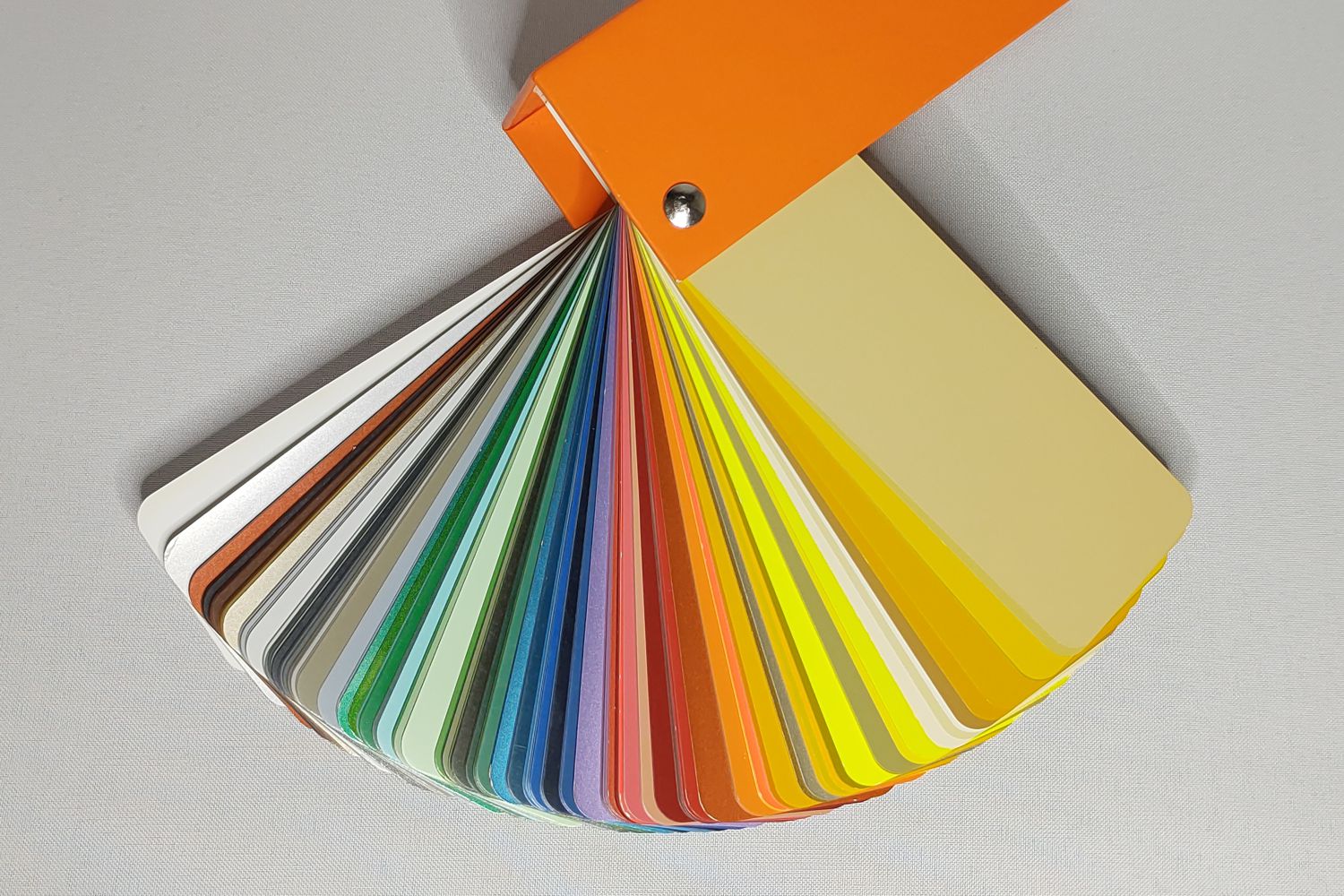Farba v čipke
Farba v čipke
Slovenské roľnícke čipky sú farebné. Biela či smotanová základná niť je doplnená o červenú, ale aj žltú, modrú, zelenú, fialovú, oranžovú, čiernu. Nechýba ani zlatá a strieborná.
Zafarbite aj vy svoje čipky. Nemajte obavy z nevhodných farebných kontrastov.
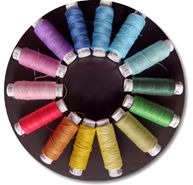
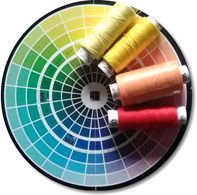
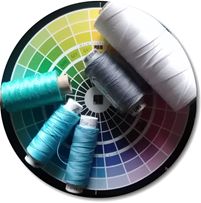
Je však niekoľko zásad, ktoré musíte dodržať. Nie všetky teórie o miešaní farieb platia aj v čipkách, lebo keď dáte červenú a žltú niť, oranžovú z nich mať nebudete.
Začnite výberom toho, či chcete teplé alebo studené odtiene. Teplé sú v okolí žltej a červenej a studené pri modrej a zelenej.
Vyberte základnú alebo neutrálnu farbu. Táto by mala byť použitá najčastejšie, ako vodiaci pár, alebo ako farba siete.
Základné: žltá (zlatá), červená (medená), modrá (strieborná)
Neutrálne: biela – sivá – čierna, v čipke aj nebielená, ecri a farba ľanu.
K týmto môžete pridať inú farbu a nič nepokazíte.
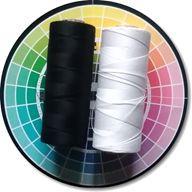
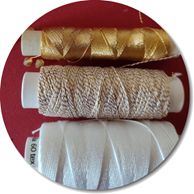
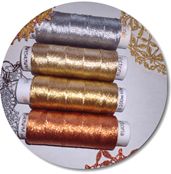
Zvoľte si sekundárnu farbu. Začnite susediacimi analógovými farbami.
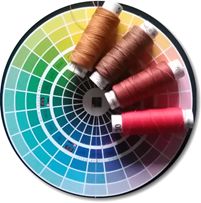
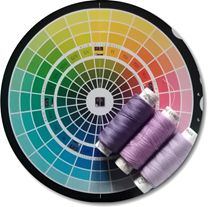
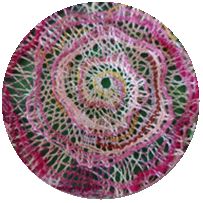
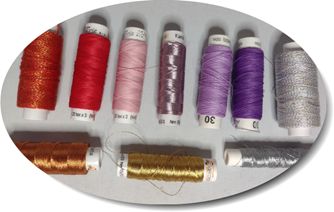
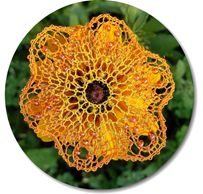
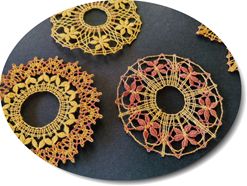
Trúfnete si aj na doplnkové ( komplementárne) farby? Ide o také, ktoré vo farebnom spektre ležia oproti sebe. Treba ich vždy voliť s citom. Ako hlavnú farbu použite základnú, neutrálnu alebo farby uprostred alebo na kraji zvolenej farebnosti.
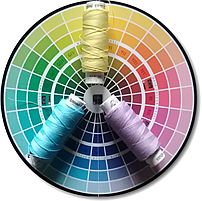
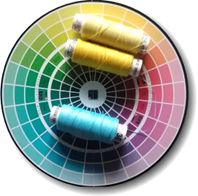
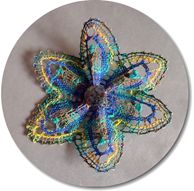
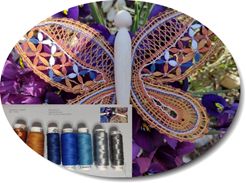
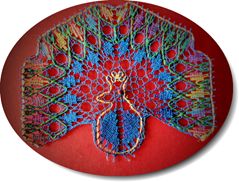
Vo väzbách by mala táto niť prevažovať. Farebné kontrasty zvýraznite v lístkoch, ploštičkách, prípadne plochách plátna.
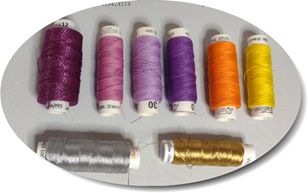
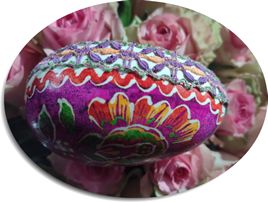
Aj na baníckych čipkách už v minulosti boli farebné kontrasty. Prirodzenú farbu bavlny, konope či ľanu dopĺňali farebné opletačky, alebo vložené hodvábne nite.
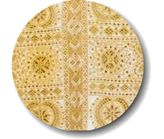
V roľníckych farbu pridávali do lístkov a ploštičiek.
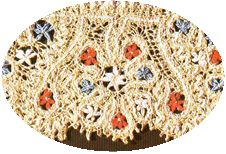
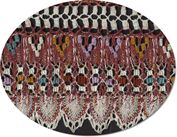
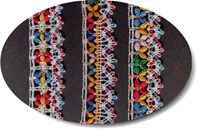
Tak akej farby budú tento rok vaše vianočné ozdoby?

